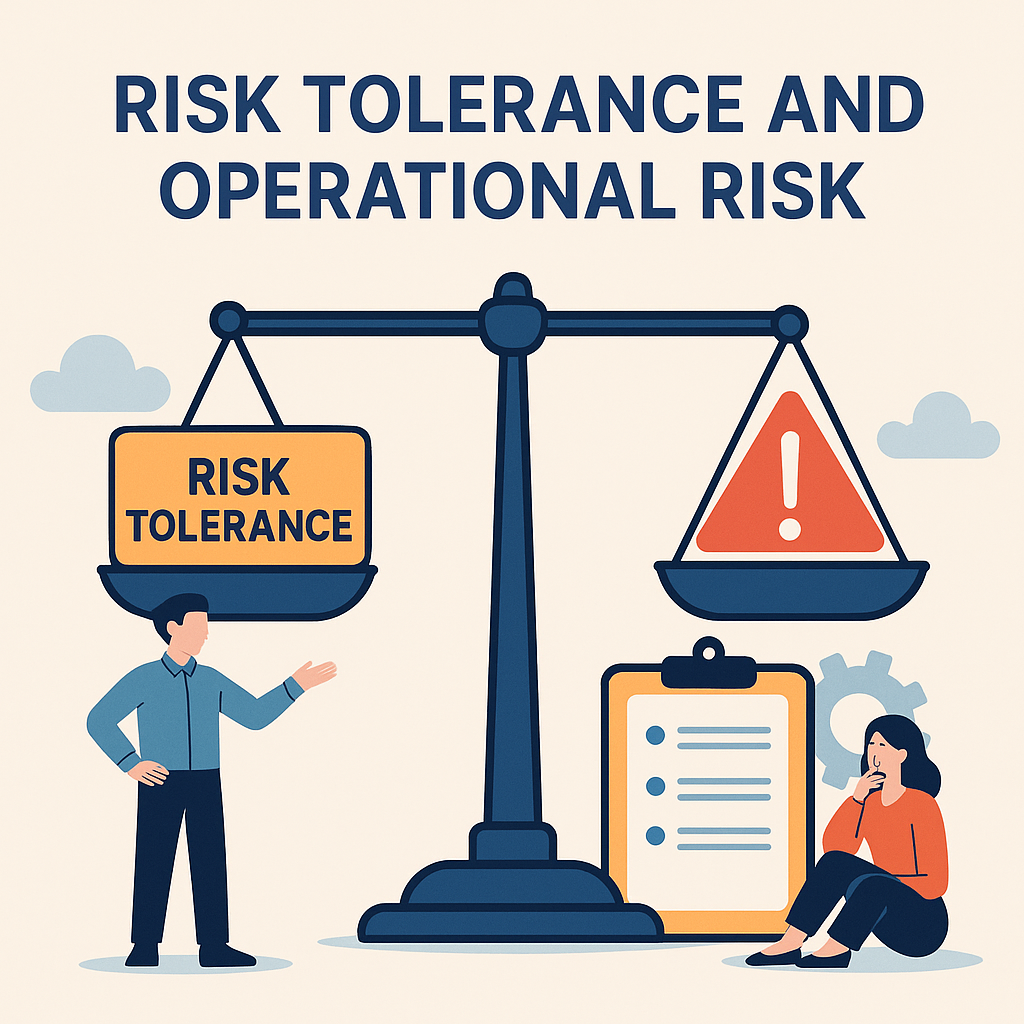IFRS 18, titled Presentation and Disclosure in Financial Statements, is a landmark accounting standard that replaces IAS 1 and is effective for annual reporting periods beginning on or after 1 January 2027. This new standard introduces a consistent framework for how income and expenses are presented, aiming to enhance transparency, comparability, and usefulness of financial statements for investors and other stakeholders.
In this blog post, we take a fresh perspective on IFRS 18, explain its key changes, show real-world examples, and provide transition strategies for smooth adoption.
What is IFRS 18?
IFRS 18 is a new standard issued by the International Accounting Standards Board (IASB) that focuses on improving how companies present and disclose their financial performance. It replaces the long-standing IAS 1 – Presentation of Financial Statements.
The main objectives of IFRS 18 are:
- To provide standardized structure in the statement of profit or loss
- To ensure clear communication of key financial metrics
- To reduce reliance on non-GAAP measures that may mislead users
By requiring consistency and enhancing disclosures, IFRS 18 strengthens the quality of financial reporting globally.
Why IFRS 18 Was Introduced
Financial statements are often difficult to compare across companies and industries due to variations in format and terminology. Over the years, the use of non-GAAP measures such as “Adjusted EBITDA” has increased, with minimal regulation on how they’re defined or reconciled.
IFRS 18 was introduced to:
- Standardize performance reporting across entities
- Improve the credibility of company-defined metrics
- Align financial statements with how companies actually operate and generate value
These changes reflect the growing demand from investors for more transparent and comparable information.
Key Changes Introduced by IFRS 18
New Profit or Loss Categories
One of the most visible changes in IFRS 18 is the introduction of five defined categories in the statement of profit or loss:
- Operating
- Investing
- Financing
- Income Taxes
- Discontinued Operations
All income and expenses must be classified within these categories, which reflect the nature and function of each line item.
Standardized Subtotals
IFRS 18 mandates presentation of the following subtotals on the face of the statement:
- Operating Profit or Loss
- Profit or Loss Before Financing and Income Taxes
- Profit or Loss
Example: Profit or Loss Format Under IFRS 18
| Category | Amount (CU ‘000) |
| Revenue | 398,700 |
| Operating Expenses | (310,600) |
| Operating Profit | 88,100 |
| Investing Income | 5,500 |
| Profit Before Financing & Taxes | 93,600 |
| Financing Costs | (6,700) |
| Income Tax Expense | (21,800) |
| Profit | 65,100 |
This standardized structure enhances comparability and helps users understand the drivers of performance.
Management-Defined Performance Measures (MPMs)
IFRS 18 introduces specific requirements for entities that disclose MPMs, which are financial metrics not defined by IFRS but used by management to communicate performance.
Companies must now:
- Define each MPM
- Explain its purpose
- Disclose how it is calculated
- Reconcile it to the nearest IFRS-defined subtotal
Example
If a company presents “Adjusted Operating Profit,” it must include:
- Calculation method (e.g., exclude restructuring costs)
- Reconciliation to “Operating Profit”
- Explanation of its relevance
Aggregation and Disaggregation
IFRS 18 encourages clarity by guiding when and how to group or separate line items.
- Items with similar characteristics can be aggregated
- Items with distinct characteristics must be disaggregated if material
Example
The generic line “Other Expenses” must now be broken down if it includes:
- Legal settlements
- Asset write-downs
- Restructuring charges
This approach provides more meaningful insights into financial performance.
Examples of IFRS 18 in Practice
Example 1: Manufacturing Company with Customer Financing
If a manufacturing company earns significant revenue from financing customer purchases, interest income should be classified under Operating, not Investing. This aligns with the company’s business model.
Example 2: Investment Entity
An investment fund presenting returns from financial instruments must classify them as Operating Income, as investing is its primary activity.
These examples demonstrate how IFRS 18 encourages realistic classification based on the entity’s actual operations.
Implications for Financial Reporting
Implementing IFRS 18 will have broad effects on both internal and external reporting:
- System Changes: Chart of accounts and ERP systems may need to be redesigned to capture new categories and subtotals.
- Comparative Restatements: Prior period financials must be restated for comparability.
- Increased Disclosures: More detailed explanations and reconciliations are required.
- Investor Communication: Clear explanations to investors and analysts will be essential to build trust during the transition.
Steps to Prepare for IFRS 18
To ensure a smooth transition by 2027, companies should begin now:
- Conduct a Gap Analysis
- Assess differences between current reporting and IFRS 18 requirements.
- Revise Chart of Accounts and Reports
- Align financial systems to support the new categories and subtotals.
- Engage Internal Stakeholders
- Collaborate across Finance, IT, Investor Relations, and Compliance.
- Update Financial Reporting Policies
- Redefine metrics and disclosures to comply with MPM guidelines.
- Train Finance Teams
- Equip accountants and report preparers with practical knowledge of IFRS 18.
- Communicate with External Stakeholders
- Prepare investor materials and conduct briefings to explain changes.
Conclusion
IFRS 18 is more than just a new standard—it is a strategic opportunity to improve how companies tell their financial story. By introducing clarity, consistency, and better alignment with business models, IFRS 18 enhances the decision-usefulness of financial statements.
Organizations that proactively plan and engage across functions will not only ensure compliance but also strengthen stakeholder confidence in their financial disclosures.








